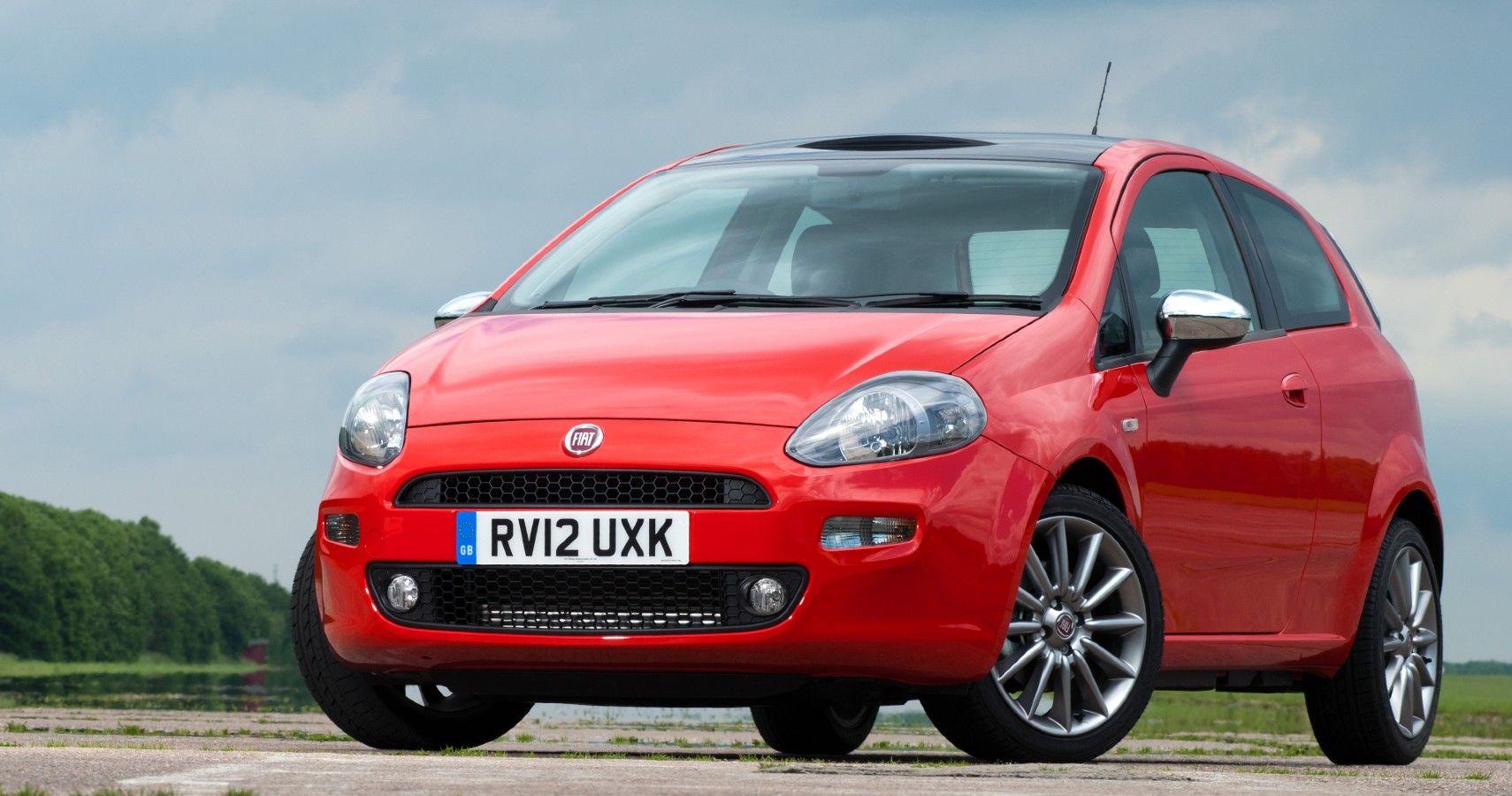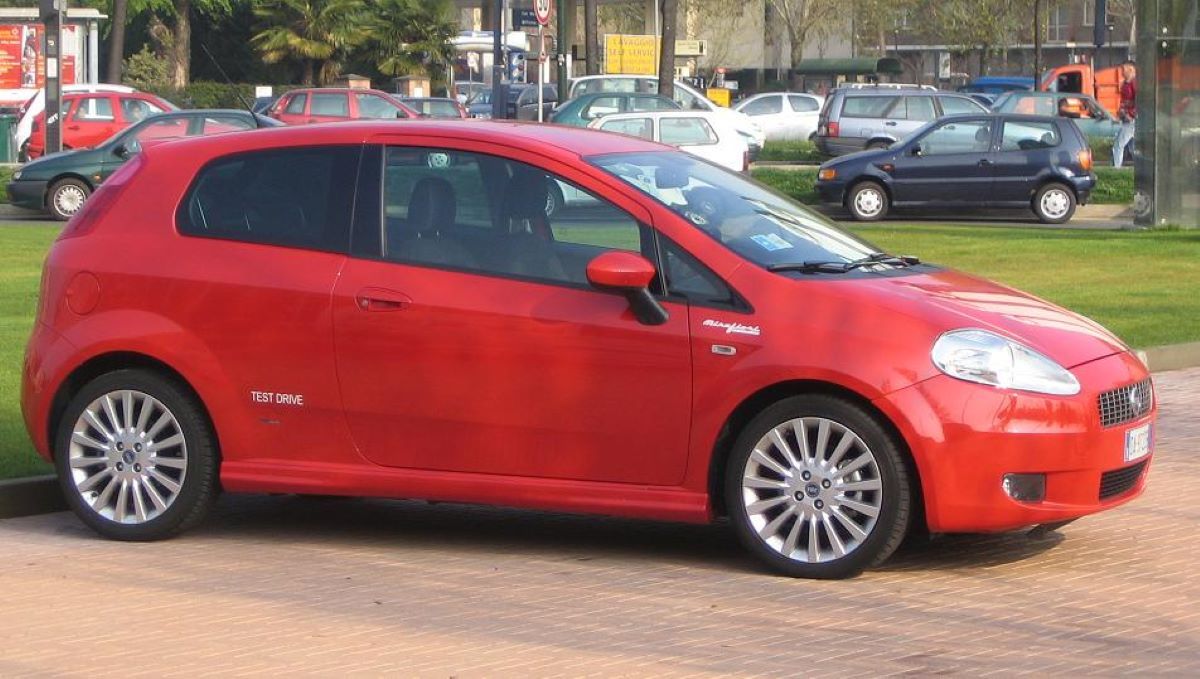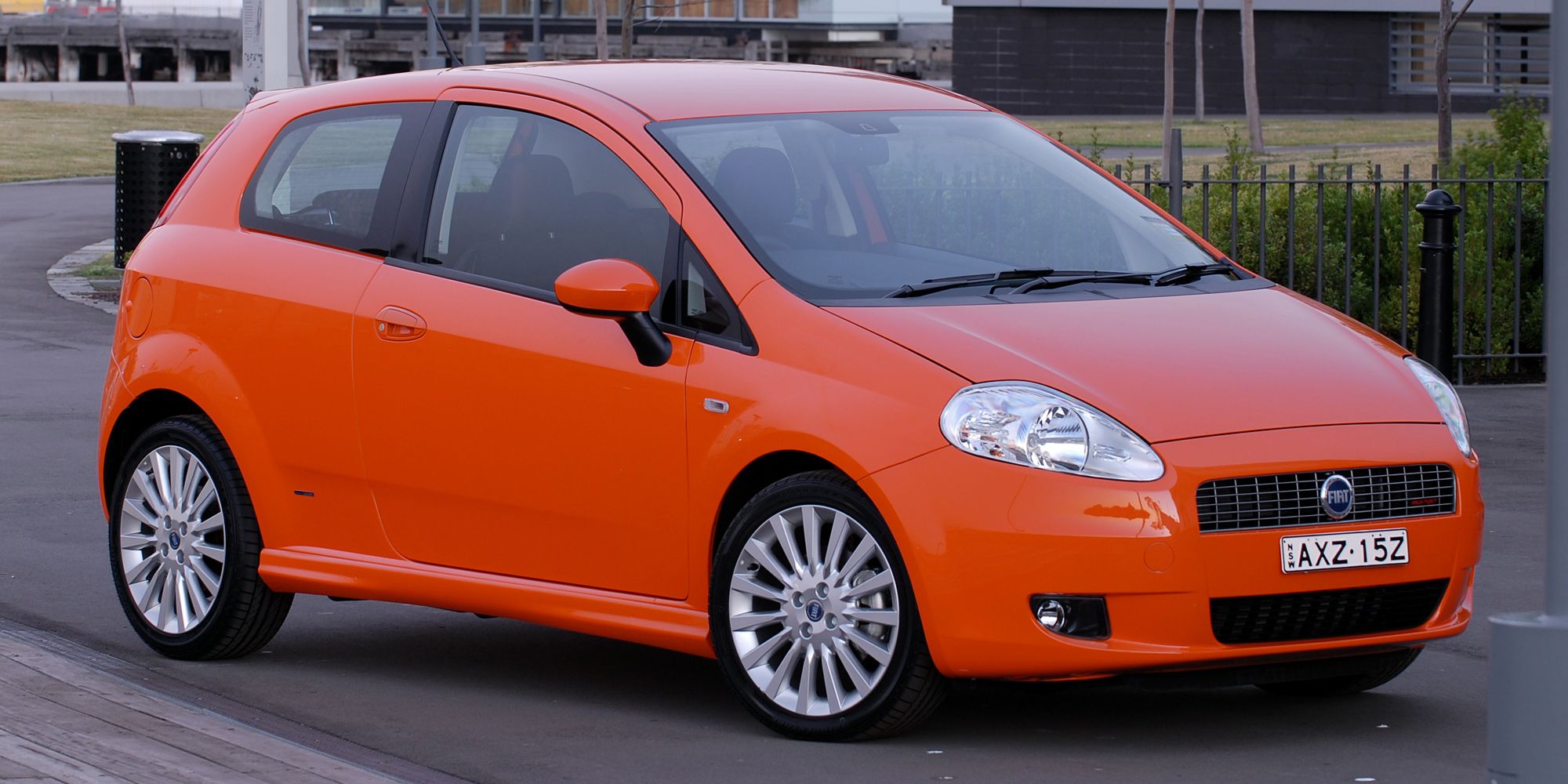In the past two years, prices for used and new cars have gone through the roof. With inflation and supply chain disruptions wreaking havoc in retail and the automotive industry, American families had to cut back on expenses and prioritize household necessities. Naturally, many households have postponed buying big-ticket items like cars until the market cools off. But even with prices coming down, many American families are unhappy to see how much of their paycheck goes on a new car.
Financial experts recommend car buyers to set aside roughly 10 to 15 percent of their monthly income for transportation, including fuel, insurance, and vehicle payments. This is a significant sum, but have you ever wonder how much soccer players set aside for their dream automobile? Or for how long they have to play soccer to pay for their cars?
Spanish soccer player and former Tottenham and Athletic Bilbao player, Fernando Llorente has a yearly salary of $4,311,513, according to Salary Sport. And yet, this Spanish superstar drives a Fiat Punto, which is worth less than $10,000. If you wondered how long Fernando Llorente had to play soccer to pay for his cute, little car, continue reading to find out.
This Is How Long It Took Fernando Llorente To Pay For His Fiat Punto Hatchback
According to The Hollywood Times, Fernando Llorente needs to play 13 minutes and 52 seconds on the field to pay for his Fiat Punto. The Warranty Wise UK arrived at a similar conclusion, and it also states that Llorente needs less than 14 minutes on the pitch to pay off his Italian car. Just to put things into perspective, the median U.S. income in 2021 was $69,717. This comes down to $33.52 per hour and $7.82 for 14 minutes, which is the time that Fernando Llorente needs to play to buy this car.
Let’s face it, it is impossible for regular consumers to buy anything than a small toy car for $7.82 and even the toy has to come from a discount retailer. Even though the Fiat Punto isn't the dream car of the majority of people, getting one vehicle every 14 minutes is not a bad deal. Even better would be to get a job that pays as much as Lionel Messi's, who needs to play for only 31 minutes and 32 seconds to buy a Ferrari F430 Spider.
Fernando Llorente’s Fiat Punto
Since 1993, this Italian minicar has conquered European markets and won legions of fans thanks to its versatility, affordable pricing and great driving dynamics. And it also became a rally hero and won different accolades, including the Italian Rally Championship (2003 and 2006), European Rally Championship (2006) and the 2006 International Rally Challenge season. Given its versatility and affordable pricing, amateur drivers loved to revamp their Puntos and upgrade them for rallies. But it’s not just the rally community that supported this minicar. In fact, even regular members of the public were big fans of the Punto.
This little car has surprisingly many positive attributes; so it shouldn’t surprise us that during its heyday, the Punto was a bestseller on the European continent. For instance, Fiat sold 581,070 units in 1997 and 560,554 in 1996. And while the numbers slipped slightly in the upcoming years, by 2006, Fiat still sold 401,625 units in Europe. DBpedia reports that Fiat built 3.4 million units from the first generation Punto, 2.96 million units from the second generation, and 2.67 million units from the third generation. Not too shabby for an entry level mini hatchback that wasn’t even exported to a lucrative market like the United States, although Fiat sold it in other large markets like Australia (for a while), India, and several countries in Latin America and Africa. In 2018, after three generations of the Punto and declining sales in Europe (29,442 units in 2018 and 49,688 units in 2017), Fiat has decided to discontinue the Punto. In the end, the Italian car manufacturer replaced the supermini car with the Fiat Argo.
Cartoq points out in a review that the Punto is a smooth drive. “It pleases the driver with its precise and well-weighted steering, body roll is controlled, and it responds well to throttle inputs – at least the diesel does better than the petrol,” says Cartoq. “Ride quality is among the best in premium hatchbacks, with the car easily handling bad roads. And now with ground clearance of 185 mm (195 mm on the base variant), the Punto is better than some SUVs on bad roads!”
Sources: Investopedia, Salary Sport, The Hollywood Times, the Warranty Wise UK, Fool, Car Sales Base, DBpedia, and 20 Minutos.



